Our society has experienced a major shift in its activities over the past couple of decades. Instead of doing things manually, we have discovered ways to ease our workloads using technology. We saw major changes in the way we do our taxes, manage our bank accounts, or even purchase the things we need and want daily with the help of technology. Digital banking was introduced into the market, and it revolutionized the way we handle our transactions and finances.
In this technologically advanced society, financial service providers need to find ways to integrate technology into their services. Their systems and services must cater to their customers’ needs without being too much of a hassle to use. Considering this, a great starting point for financial service providers is to think about flexibility— how can you make your services flexible to the varying needs of your customers? In this article, you will learn three principles that you can apply to make your customers’ digital banking experience seamless and flexible.
What does the financial services industry look like today?
Gone are the days when financial service providers used traditional methods of doing business. The digitalization and incorporation of technology into the way we do business has been prompted by many factors. However, they all have a common target — customer satisfaction.
For instance, the COVID-19 pandemic brought many challenges for businesses in serving their customers. With people stuck in their homes, they couldn’t interact with merchants as before. This need for contactless transactions made digital payment systems more widely used among customers. In fact, Chase’s Digital Banking Attitudes Study found that in the past year, 93% of consumers have used at least used one digital payment method. This proves how essential it is to find alternative payment methods when it comes to day-to-day transactions.
Another rising trend in the financial services industry is the use of Buy Now, Pay Later (BNPL). This new entrant in the financial services industry splits purchases, particularly those worth large amounts, into smaller installments. Often, these installments come with no interest or fees. For an individual with an average income, this option seems to be the most beneficial, especially when their budget is a bit tight. Although BNPL service providers and users are still fewer than those who accept payments via other methods, it is no doubt that BNPLs will be among the major players in the financial services industry in the near future.
How Can You Incorporate Flexibility into Financial Services?
Let’s face it, customers love it when service providers are flexible. This is also applicable to the financial services industry. You have learned that financial services providers alter their business to fit their customers ‘ever-changing needs. Now, it’s good business to focus on how you can provide flexibility in yours. Here are three principles to keep in mind so that you can keep up or even get ahead of the financial industry trends.
Form partnerships
When it comes to financial services, you cannot take care of all the transactions alone. Although you can implement strategies to give the customers seamless experiences when it comes to handling finances, it is not always certain that what you provide is all that your customers need. Sometimes, what you need to give utmost customer satisfaction is to partner with other financial service providers – especially those who provide innovative products and services. This way, you can give your customers the flexibility that they crave without the cost of developing your own tools.
In forming partnerships, you have to consider whether you are in a good position for it. You have to assess whether you have existing operating models which enable sharing of research and insight, particularly those involving your competitors. You also need to think about your partnership strategy. After all, a partnership can be a huge factor in deciding your future strategies. For example, a partnership can eventually lead to the acquisition of the partner, or to building the product used in-house.
Aim to create seamless experiences
In any service that we use, we want a smooth and efficient experience. This is the same when it comes to financial services. Consumers want their transactions to be seamless; they do not want to have any problems with their interactions such as their payments not going through. With this in mind, financial services providers must make their systems and products as seamless as possible.
Highlighting seamless experiences in your services and products not only attracts potential consumers but also helps retain existing ones. This is because customer satisfaction is highly influenced by user experience. Even having one unpleasant experience in the services and products you provide can cost you a customer or your potential market. Remember that the first thing people look at when they are trying something new is the reviews about the experience previous customers had with it.
In creating seamless experiences for your consumers, you first have to evaluate your processes and tools. Take a look at your current strategies and action plans and see whether they are geared towards the continuous improvement of your customers’ experience with your products and services. You should also consider the problems customers frequently experience and generate tools that can help you with them. These tools do not have to be expensive. As long as they can efficiently help create seamless experiences for customers, even low-cost ones will be a huge help.
Focus on long-term strategies than short-term ones
A rapidly changing world calls for decision-makers who are focused on the business’s long-term goals and plans. You should focus your strategies and action plans on how the future of the market can be shaped. This way, you can create new opportunities for the market itself, as well as foster an innovative and proactive mindset for your team.
Focusing on the long-term requires that you look at all the possible futures the market may experience. You can do this by looking at the outside factors that have the potential to influence the financial services industry. Once you have identified the factors and all possible futures, you can start by identifying all the actions you may need to become a frontrunner in the possible future that you’ve created.
Thinking long-term can mean you have to go big on your vision. You can create strategies using this vision to define your value and determine what you can bring to the table.
The Final Say
Technology has given a lot of opportunities for different industries to evolve and innovate their services. This includes the financial services industry. However, despite these opportunities, the goal still stays the same— to give customer satisfaction. You can learn from the latest trends in the market as you create ways to solve customer problems and provide them with the flexibility that they crave. If you are in need of ways to incorporate flexibility in your financial products and services, you can use the principles we’ve mentioned here as your guide. However, you must take into account that these principles are not constant. You should still be able to evolve these principles as new trends in the market arise. This way, you can become the frontrunner in providing customers with the satisfaction they want.




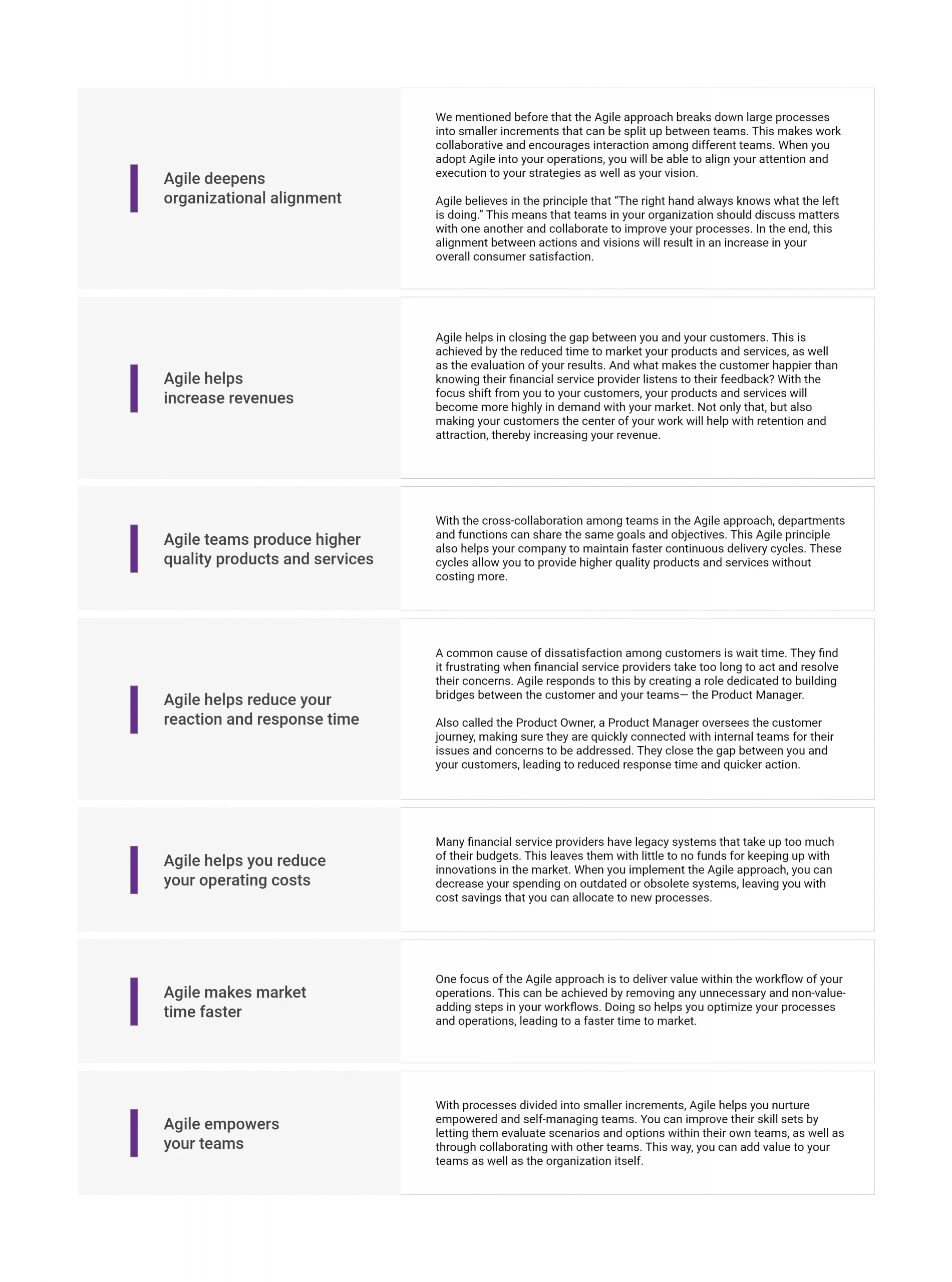

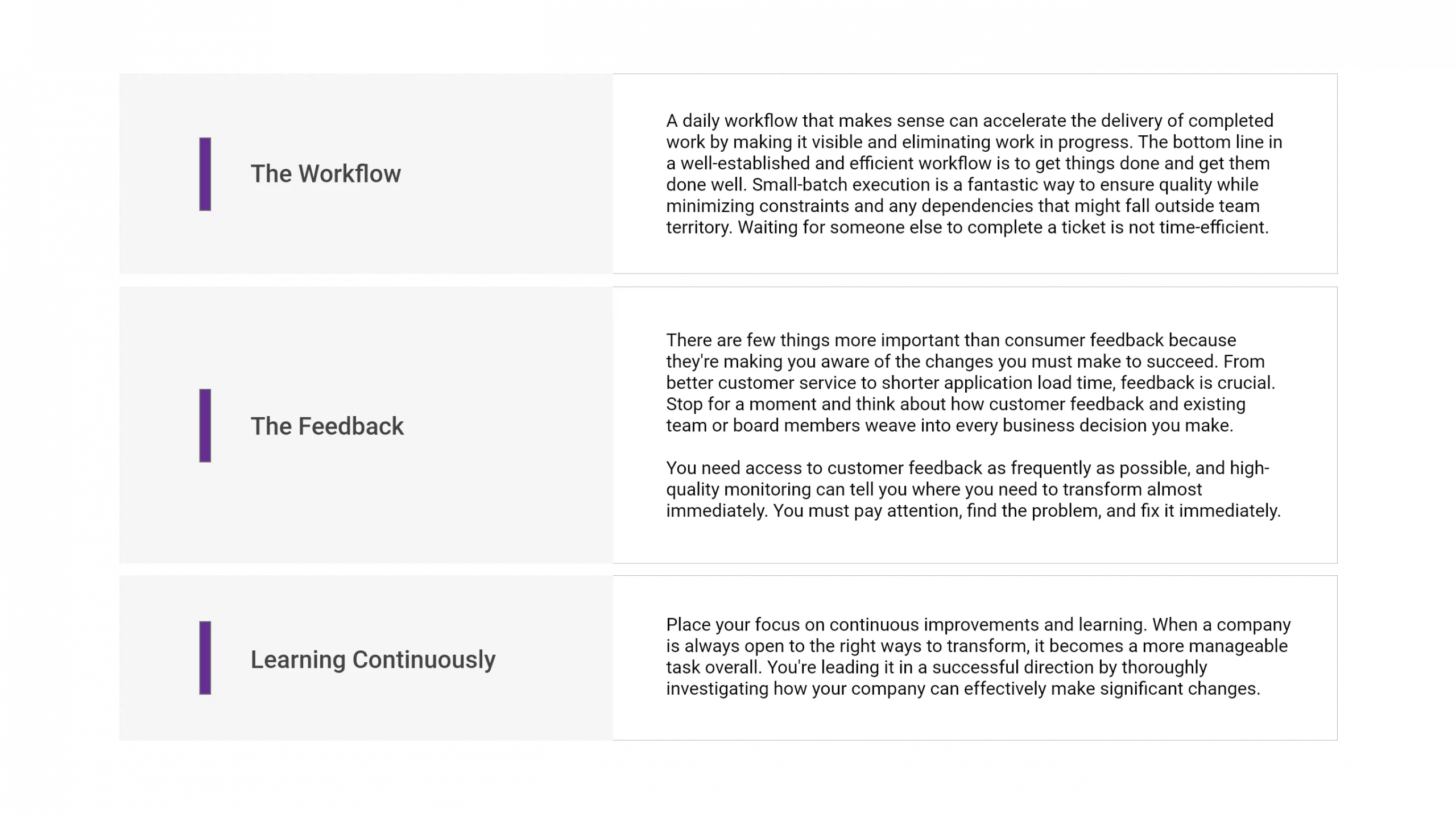

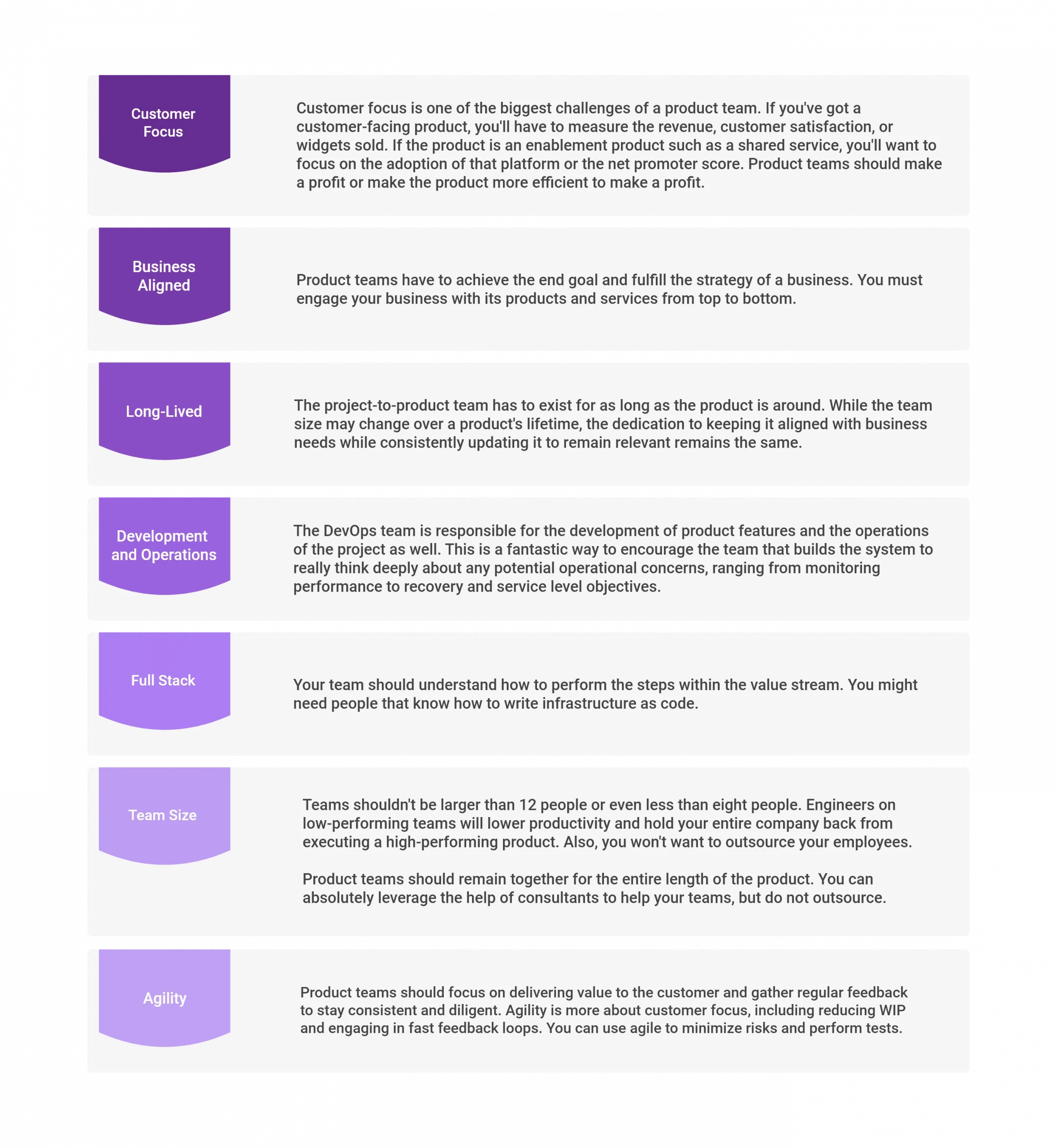


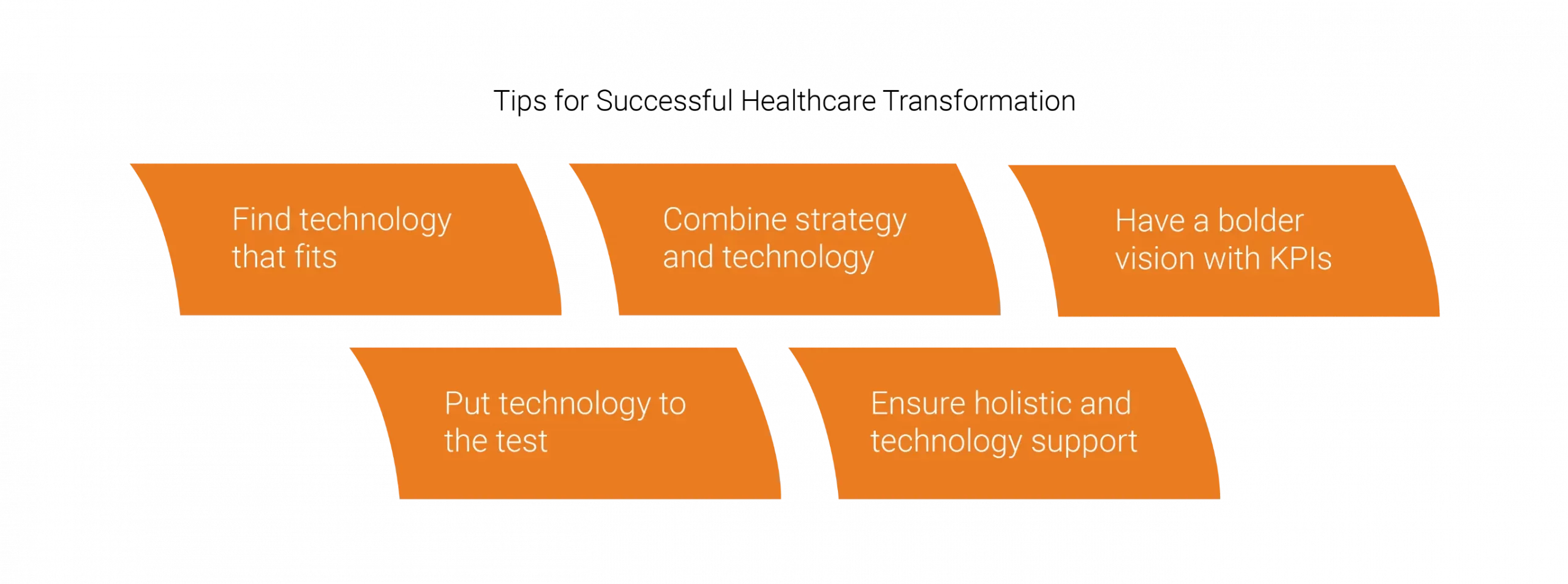

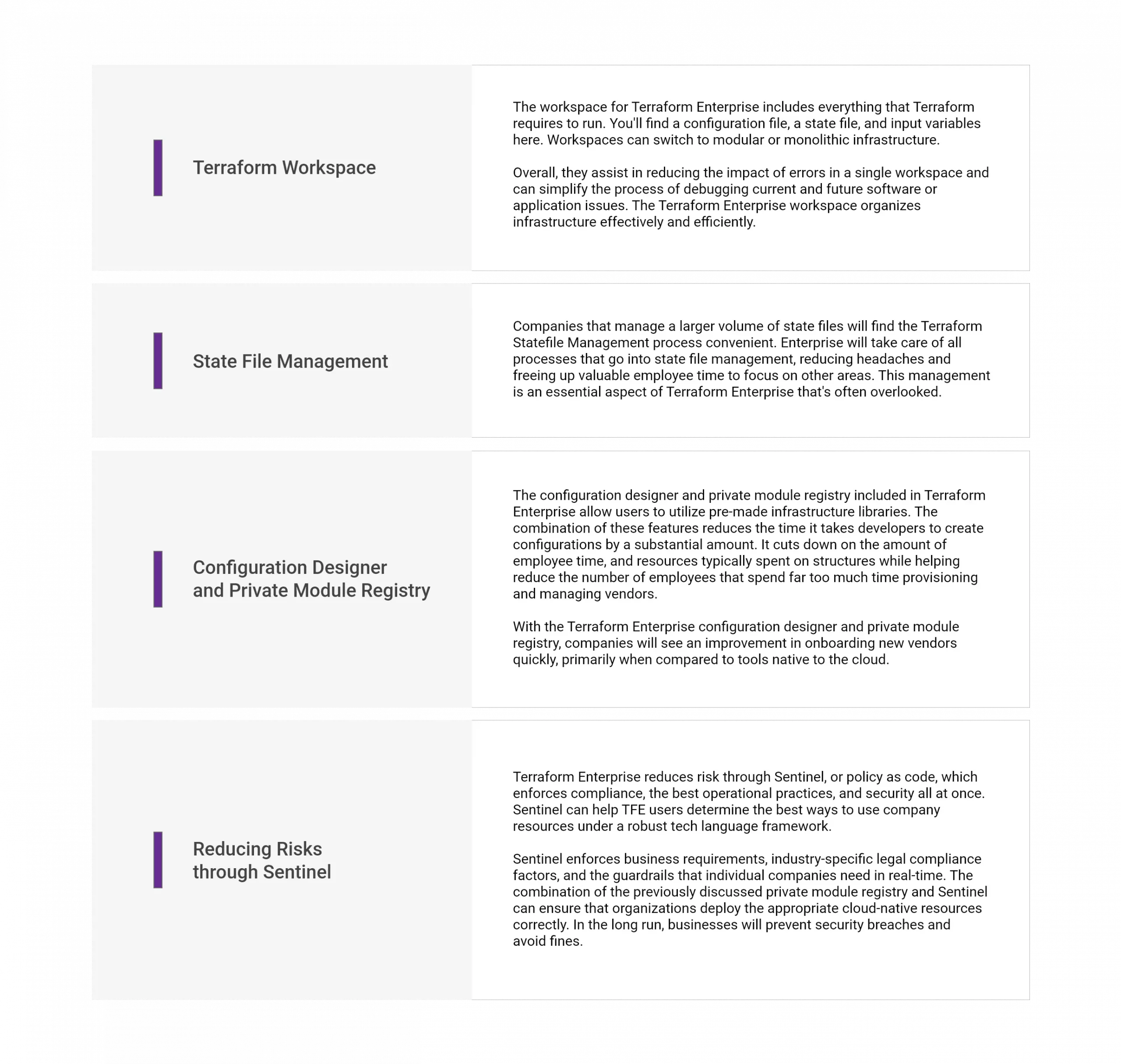



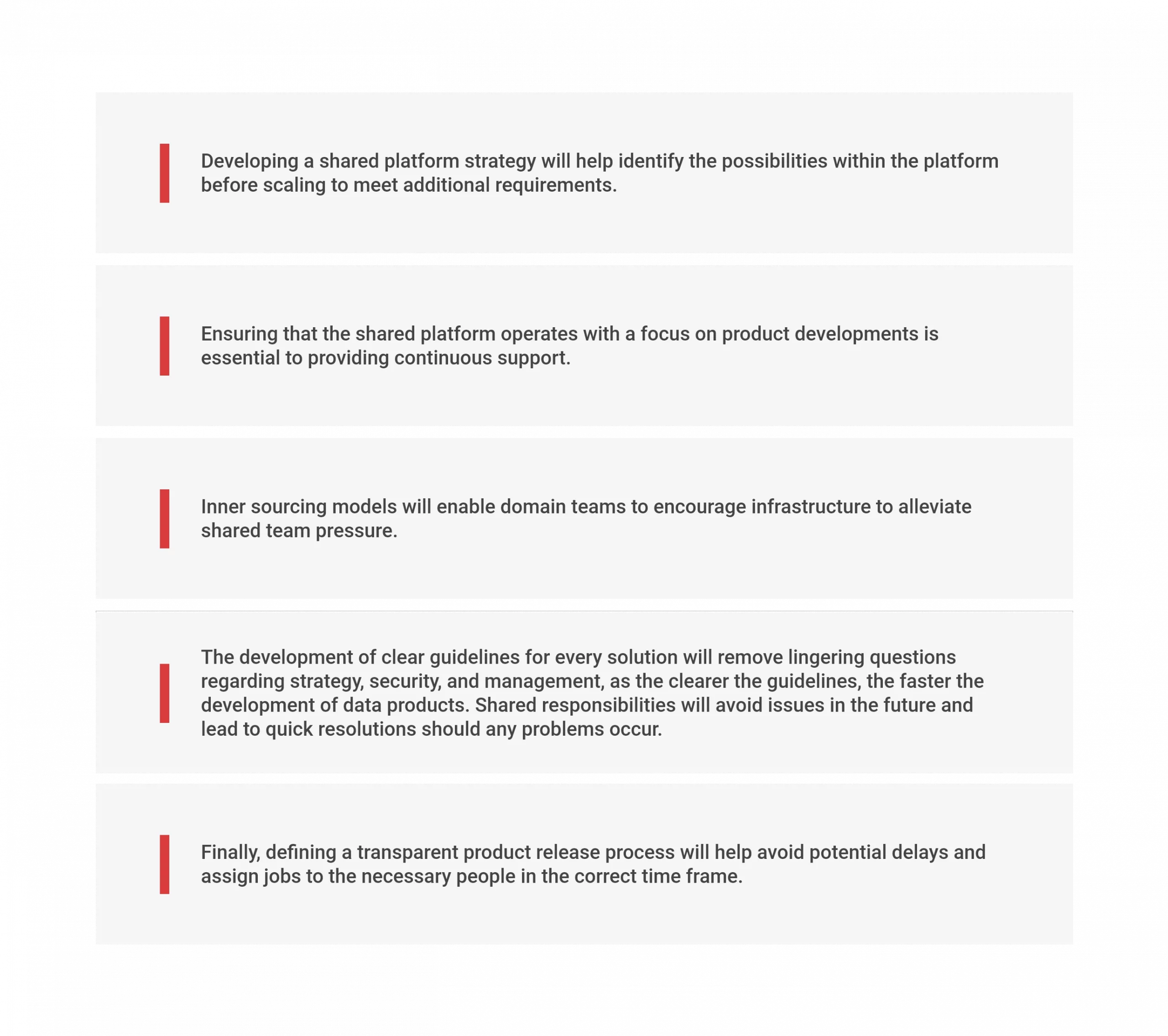













Recent Comments